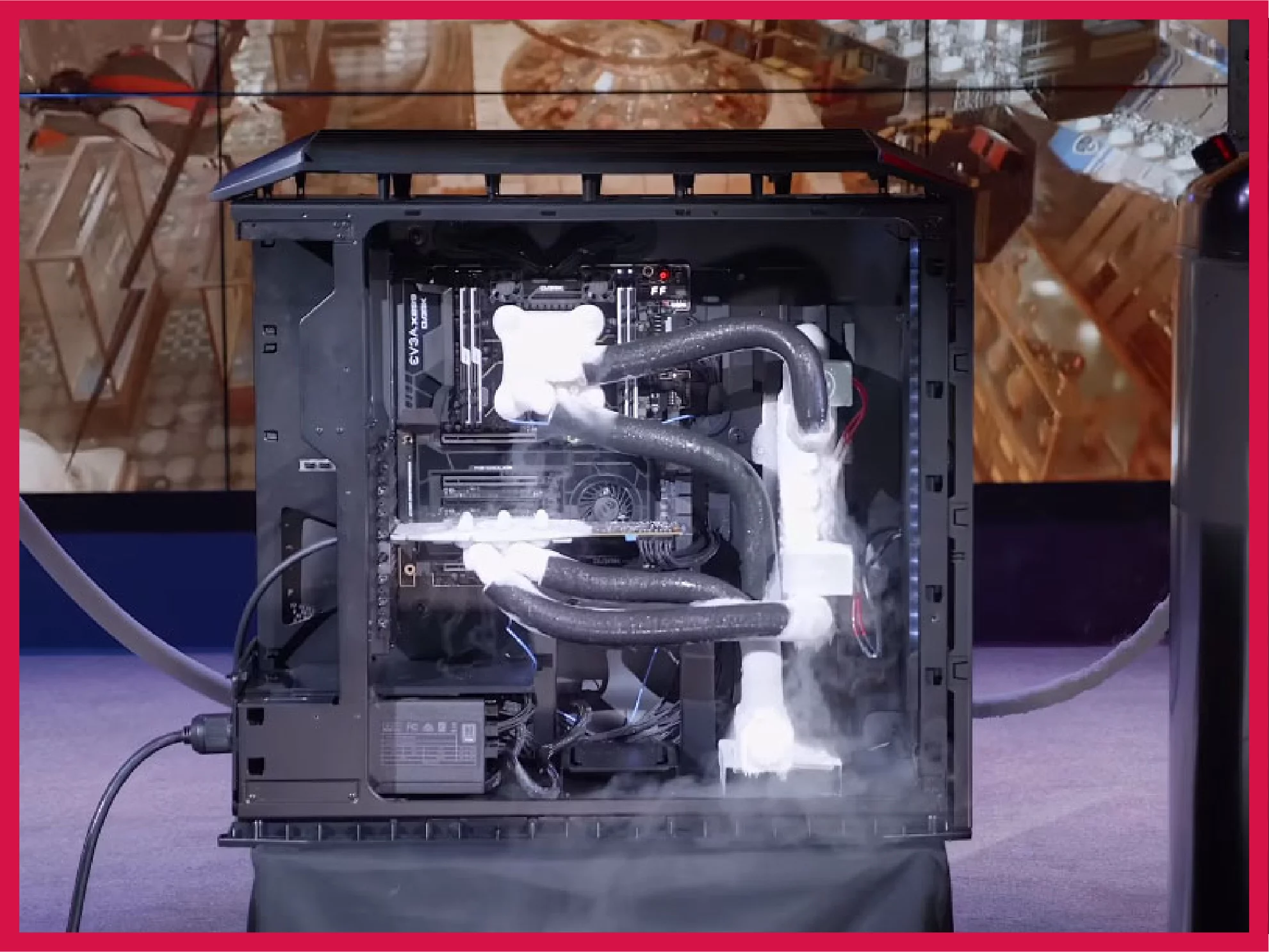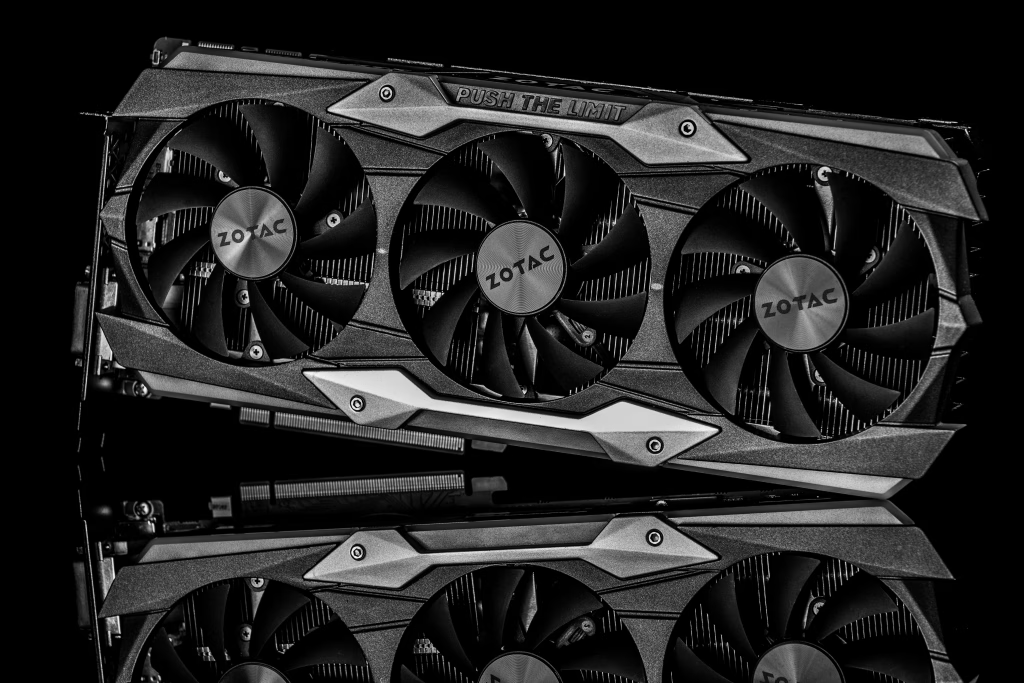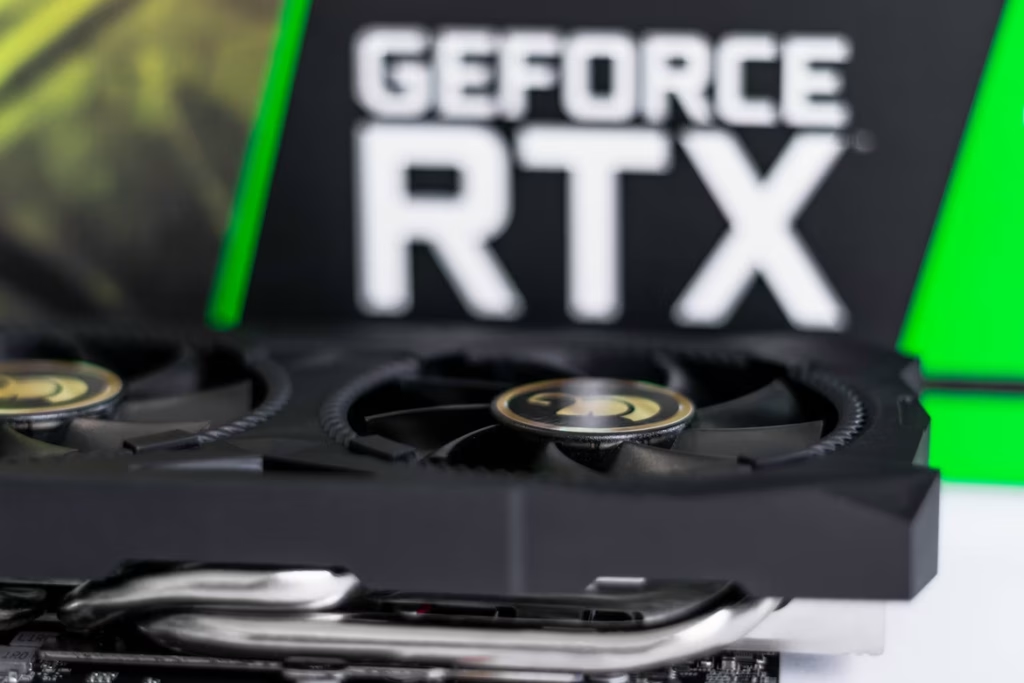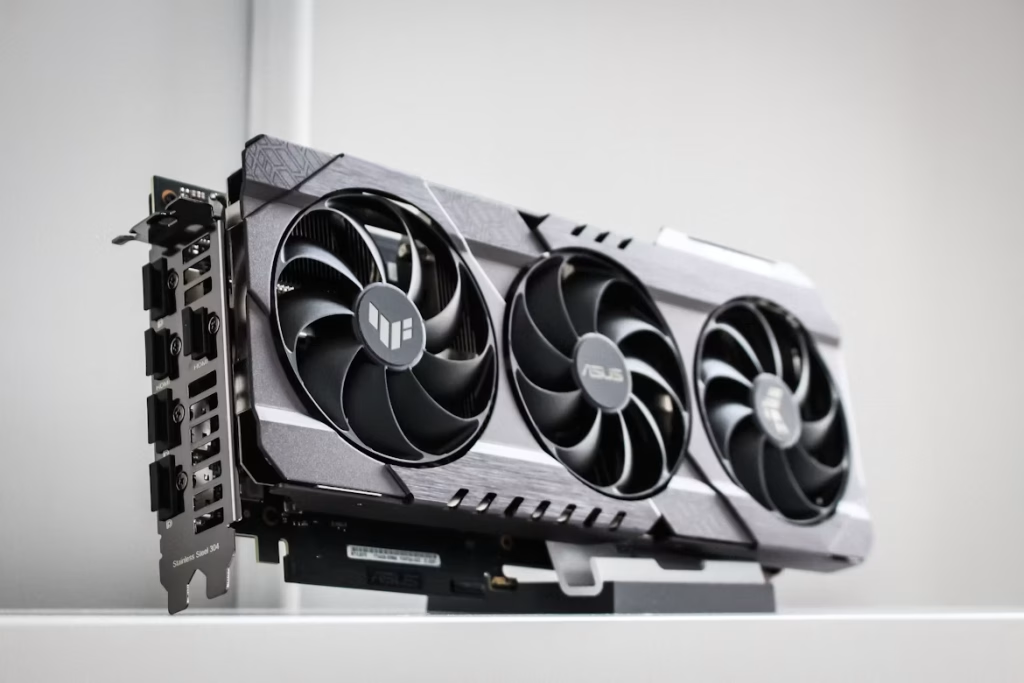Is Fortnite starting to feel like a 16-bit game on your PC? Tired of turning down settings? Frustrated with stuttering frame rates? Planning to upgrade your graphics card, but not sure where to get started?
Getting a new GPU is not a big deal. Simply buy a new one, grab a screwdriver, replace the old one with your brand new graphics card. But that’s not the point, is it? The key here is making the right decisions while upgrading your GPU. So, if you were wondering what to do before changing graphics card, we’ve got you covered.
Here’s what to know when upgrading graphics card.
Why You Need To Upgrade Your Graphics Card
Want to play the latest AAA games at a smooth framerate? Want to experience the next level of graphics quality? Upgrading your graphics card can undoubtedly enhance your gaming and video editing experience. It can improve your computing experience, making graphically intensive tasks easier and improve visual fidelity, frame rates, and overall performance. Not only can you get faster processing, but you can enjoy more detailed and smoother visuals, even when trying out new games and software.
But before we can dive in deeper, let’s understand what a graphics card actually is. A graphics card, also known as a Graphics Processing Unit (GPU), is a crucial element of your PC that makes visuals sharper and more detailed and helps with rendering videos, animations, and images. If you use your computer for intensive tasks that require the best visuals, then a GPU becomes essential as it helps process complex visual calculations and transforms data into graphic signals that are displayed by your monitor.
Hence, a graphics card determines the smoothness and quality of the visuals on your screen. So now you have a clearer understanding of why a graphics card is so important, especially for gamers and video editors.
Here are some reasons why you should consider upgrading your GPU:
Age
Yes, your graphics card ages and becomes less efficient like we all do. With time, your GPU will struggle to maintain pace with all your latest software, games, and streaming. Although it might not physically deteriorate, a graphics card that’s been working for years will find it challenging to run applications and fail to deliver the best experience.
Usage
Before you even consider updating your graphics card, pause and think about how exactly you use your computer:
Do you mostly use it for gaming? Do you use it for rendering videos? Or do you just browse the internet?
How you use your computer will help you decide how you want to upgrade your GPU. If gaming is your jam and you are unable to get the most out of newer titles due to shifty frame rates, then you should definitely know about what to do before changing graphics card.
CPU Bottlenecks
Is your graphics card bottlenecking your CPU? When your GPU is incapable of handling all the frames per second generated by your CPU, then your display starts glitching and stuttering. While initially this may not seem like a huge deal, if it becomes consistent and worse over time, then it’s probably time for a graphics card upgrade.
While you should update your GPU every few years, it is very important that you assess and understand the problem first.
What to Know When Upgrading Graphics Card
Unfortunately, most of us are not really sure what aspects we need to consider while upgrading our GPU. So we jump into online forums to look for answers, yet still feel somewhat confused as some of the information may seem contradictory. That’s why I shift my focus to the reality of it: A graphics card upgrade isn’t just about the GPU itself. It’s about how that new component fits into my entire system ecosystem.
The rule is simple: the better your graphics card is, the higher quality the visuals will be. So, here’s what to know when upgrading graphics card:
Ensuring Compatibility
Is your GPU compatible with your system? Will it work smoothly with your existing motherboard, case dimensions, and power supply wattage? Have you checked for PCIe slot compatibility? Have you considered potential bottlenecking? Compatibility ensures that you get optimal system performance every time without facing any paralyzing hardware issues. A lack of compatibility can affect performance, and it can also cause frequent overheating and lead to lasting hardware damage.
However, compatibility requires you to be mindful while upgrading your graphics card. You might think that an RTX 4090 will be technically compatible with your Core 2 Duo E8400 with an X16 PCIe slot on the motherboard. But let’s face it, it’s just not practical. There’s no point in pairing an expensive GPU with a low-priced CPU. So you might want to keep that in mind upgrading your GPU to avoid bottlenecking.
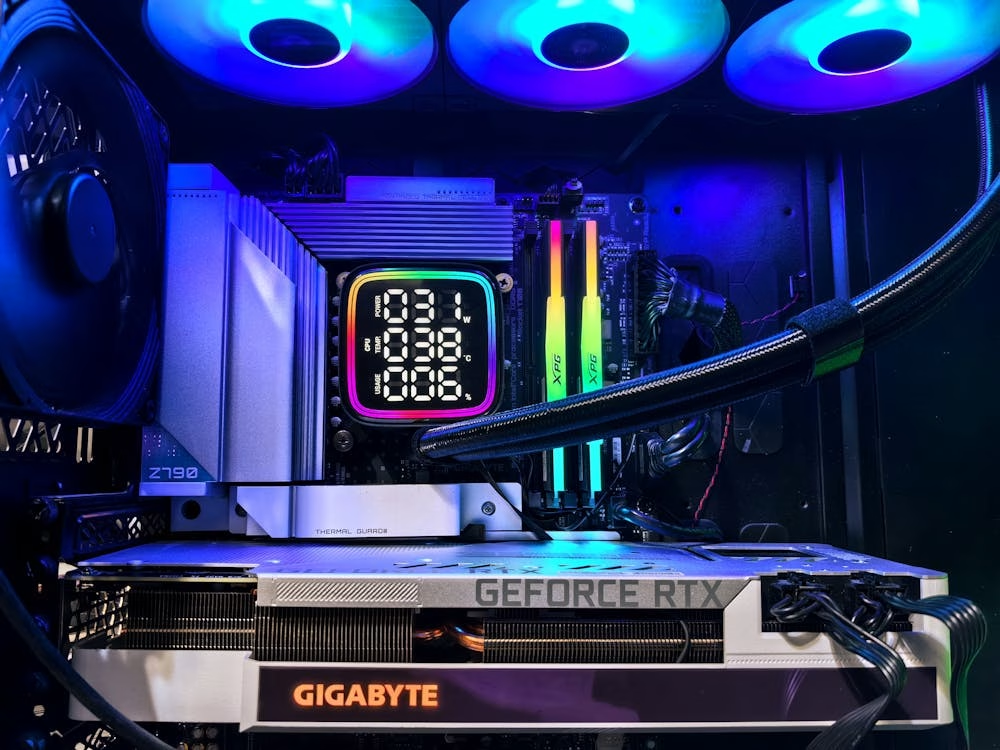
Choosing the Right GPU
First things first: Stick to reliable and reputable manufacturers like NVIDIA and AMD, if you want a powerful and high-quality GPU. You also need to consider your budget and find the right graphics card that is most compatible with your current system.
Here are a few other things that you need to consider:
- What is the form of your computer? Do you have a desktop or a laptop?
- What is the memory (VRAM) capacity of your GPU?
- Storage is not as important for your GPU as you may think
- Do you have a dedicated, discrete GPU or an in-built, integrated graphics?
- What are your power connector requirements?
- What are the cooling requirements (Thermal design power or TDP) for your GPU?
Considering these factors will help you determine if a specific graphics card is the right fit for your PC.
Performance Expectations
If you are upgrading your GPU for enhanced performance, then you’d better keep your expectations grounded in reality. For instance, if you’re jumping from a GTX 1060 to an RTX 4060, you can expect a 60-80% performance boost, approximately, in most games. However, you need to understand that the boost in performance assumes your CPU can keep up, your PSU can deliver clean power, and your case can handle the heat.
So it’s absolutely crucial that you’re aware of the reality of your own PC before expecting an 80% bump in your gaming experience. This is what to know when upgrading graphics card.
While GPU reviews can be tempting, assess your system first. A buddy of mine upgraded from a GTX 1660 Super to an RTX 4070, expecting massive gains, but his older i5-8400 bottlenecked the new card in CPU-heavy games like Total War and Cities Skylines.
Budget Planning
So you have a budget on your mind for your new graphics card. Great! Now add an additional 15-25% to your GPU budget for potential upgrades. That $500 RTX 4060 Ti might need a $100 PSU upgrade and $50 worth of case fans to run properly.
It is not necessarily going to be “plug-and-play” the moment you get your new graphics card. Oh, no! You will need to update, upgrade, and invest more time, money, and effort to get the performance you desire. So make sure not to blow off your entire budget only on your new GPU. You will likely need additional updates.
Timing Considerations
We both know it, yet somehow you are not paying attention to it cause you want to get your new GPU ASAP! But the fact remains that the price of graphics cards fluctuates wildly. So it’s always best to use price tracking tools and wait for the price to drop, especially if you are on a budget.
Always avoid buying a new GPU at MSRP unless you need it immediately. I’ve seen RTX 4070s drop from $599 to $499 within months of launch. Being patient can easily save you at least $100-200, which you can invest in upgrading additional components.
What to Do Before Changing Graphics Card
Not sure what steps you should take before updating your GPU to prevent disasters? Knowing what to do before changing graphics card can make the difference between a smooth upgrade and a weekend-ruining catastrophe.
Here’s what you should do to avoid countless headaches:
System Compatibility Audit
Can your PC support a new graphics card? Does your PC have adequate processing power? Will the new GPU properly fit inside your computer? Do you need a larger fan or heatsink for your new card? Study, analyze, and document everything about your current system before even thinking about buying a new GPU.
Make sure to measure case clearance and note down the available length, width, and height, take a look at the motherboard’s PCIe slot configuration, and check the PSU model and available power connectors.
Power Supply Assessment
This is by far the most common reason for GPU upgrades going wrong. Instead of simply focusing on total wattage, check if the PSU can actually deliver its rated power. Moreover, the age of your power supply unit also matters, as, PSUs tend to become less efficient with time. And finally, confirm it has the right connectors.
Here’s my practical PSU requirement formula: GPU TDP + 250W for the rest of the system + 20% safety margin. So that means, for an RTX 4070 Ti (285W), you would require at least a 650W PSU, although I would prefer 750W for headroom and better efficiency curves. Btw, if you are ever unsure, I recommend you check a TDP calculator. They are not exactly precise, but they can get the job done.
Almost all big brands have a power calculator. You might want to check on multiple to get an accurate idea. Here are the links: Cooler Master, MSI, be quiet!, Asus, Newegg, Seasonic, Corsair.
Driver and Software Preparation
Here’s a secret tip: Always, and I mean ALWAYS, download Display Driver Uninstaller (DDU) before changing your GPU. This will help you to remove old graphics drivers completely, without leaving any trace. Moreover, it will prevent the conflicts that can result in performance issues with your new hardware, blue screens, and crashes.
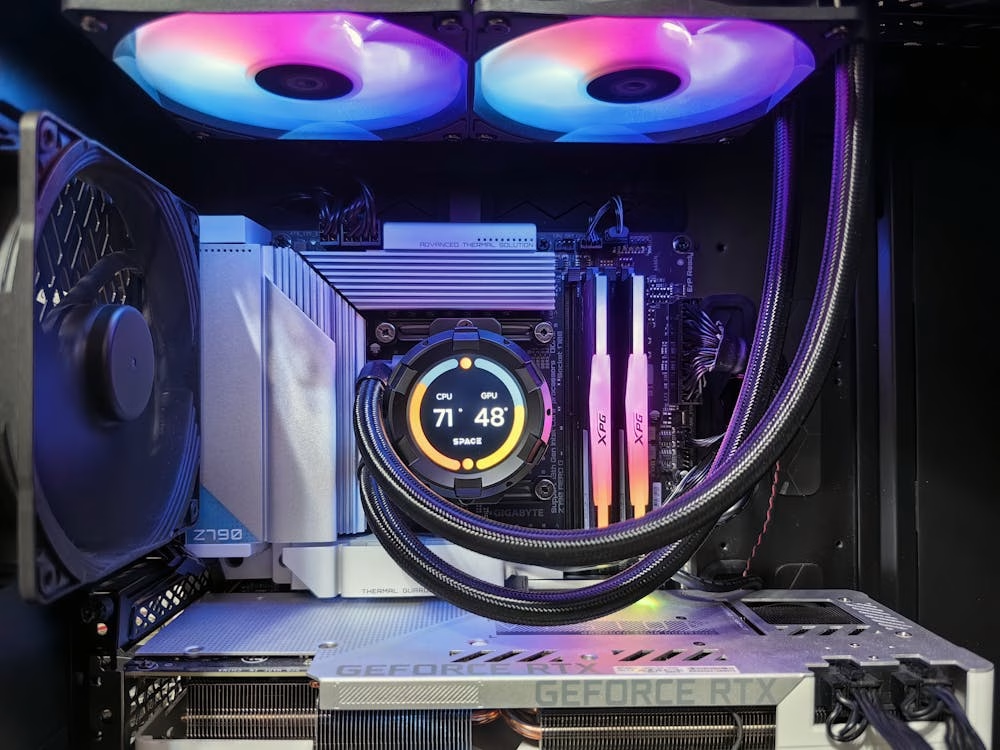
Check Your Current Performance
Check the before/after output of your system to understand how effective the GPU swap has been. You can run 3DMark, Unigine Heaven, or just record frame rates of your favorite games before you install your new graphics card and verify how performance has improved after upgrading it. This will help you realize if you are getting the performance improvement you paid for.
Create a System Restore Point
Windows System Restore can be a lifesaver if used correctly. While it may not be perfect, it has saved me from driver-related disasters more than I’d like to admit. So make sure to set a restore point before installing new drivers. This will help you restore to an older setting where things run smoothly, in case things go sideways.
How to Remove Your Old Graphics Card
While you may feel confident about replacing your old GPU all by yourself, it just might not be the easiest DIY project as a lot of things can go wrong really fast, if you are not careful. If you have never done this before, it is always a good idea to contact a computer repair professional.
But in case you are still feeling confident, here’s what you need to do:
- Power Down: Turn off your PC and unplug the power cable. Make sure to discharge static by tapping the metal case. You can wear an anti-static wrist strap, if you want. Be careful and stay grounded.
- Open the Case: Remove the side panel, and unscrew or unlatch it properly, depending on your model.
- Disconnect Power Cables: Unplug any PCI-e power cables that are connected to your graphics card. There may be more than one PCI-e power connector.
- Unscrew the Card: Grab a screwdriver and remove the screws that keep the graphics card in the slot.
- Release the Tab: Before removing the GPU, press the PCI-e slot tab located at the back of the card to unlock it.
- Remove the Card: Gently pull out the graphics card. If you wish to store it, keep it in an anti-static bag for safety.
How to Install Your New Graphics Card
So you got your new graphics card! Yayyy!! But how do you install it without spending additional money on a professional? If you are wondering how you can safely and properly install your new graphics, here are the steps you need to follow:
- Insert the Card: Place the new graphics card in the PCI-e slot and press down until it clicks into place.
- Secure It: Reattach the screws you removed earlier to secure and hold the new card in the slot.
- Connect Power Cables: Plug in the necessary PCI-e power cables.
- Close the Case: Properly reattach the side panel of your PC case and screw it shut.
- Reconnect Power: Plug in the power supply as usual and start your PC.
Once your PC starts up for the first time after installation, the system will search for drivers. So make sure to download the latest drivers for your new graphics card for optimal performance.
Can Graphics Card Be Upgraded in Laptop?
Here comes the painful part: Can graphics card be upgraded in laptop? The hard truth is absolutely not, at least for 95% of laptops. Modern laptops, especially gaming laptops, are locked down af. They are super restrictive about hardware upgrades, as manufacturers do not want you to modify or upgrade your device all on your own.
While you may still be able to install a new hard drive and RAM on your laptop, GPUs are soldered directly to the motherboard using BGA (Ball Grid Array) mounting. You may still choose to use an external GPU, but these can be very expensive, and you will not get your money’s worth when it comes to performance. To be honest, it is better to buy a new laptop than try to upgrade the GPU – it will cost you less.
Brands and manufacturers design laptops specifically to limit user upgrades, and this is why you can upgrade only a few aspects of your laptop, such as batteries, charging adapters, etc. In a laptop, the GPU chip is permanently attached during manufacturing. So even if you managed to remove it somehow using your god-gifted talents to fix laptops that are soldered in, finding compatible replacement chips is nearly impossible.
Moreover, brands design the entire cooling system, power delivery, and case around the specific GPU they use and install on your laptop. If you want a more powerful graphics card, then you will need to redesign the entire laptop. In fact, some modern high-end gaming laptops, such as certain Alienware Area-51m models, tried to offer user-upgradeable GPUs. Sadly, these failed in the market due to complexity and cost issues.
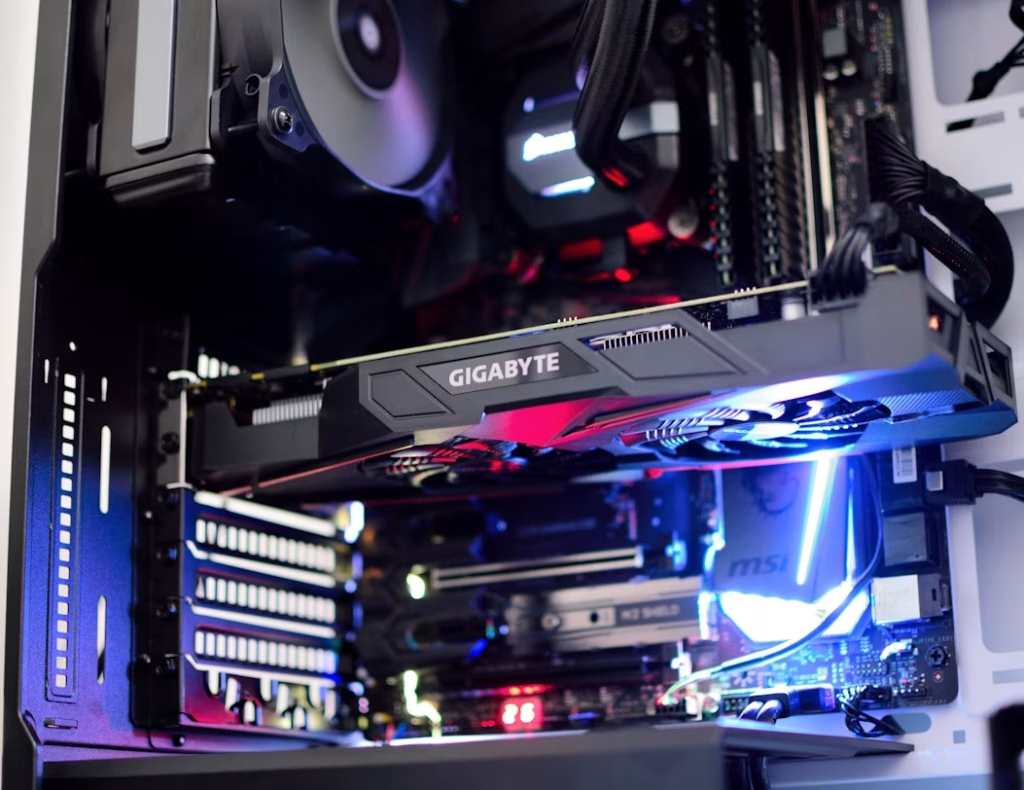
Takeaway
GPU upgrades don’t need to be complicated or scary as long as you are aware of what to know when upgrading graphics card and what to avoid. Make sure to upgrade when your current GPU’s performance doesn’t meet your needs, instead of getting the shiny new graphics card that was launched last week. Upgrades should solve issues like inability to run new games, stuttering, low frame rates, and other performance issues. Don’t upgrade simply because you can afford it.
Always remember, a GPU upgrade is only successful when it fits your system, your monitor, your budget, and your actual gaming needs. So plan carefully, research thoroughly, and don’t rush the process. Your patience and preparation will be rewarded with years of smooth, detailed, and high-performance gaming.


